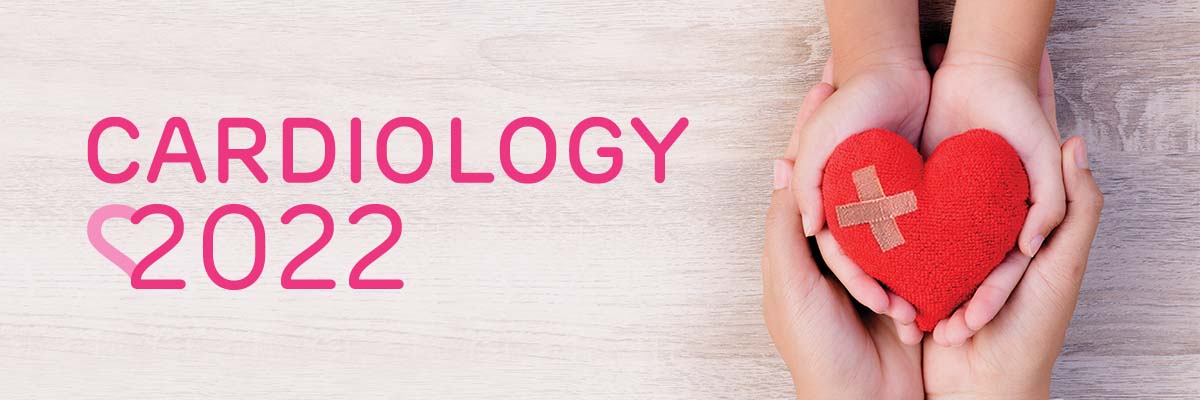
Mechanical Circulatory Support in Pediatric Myocarditis: Utilization and Patient Outcomes
Presented By:
Alicia M Kamsheh*, Jonathan B Edelson*, William Quarshie, Jennifer Faerber, Antara Mondal, Danielle S Burstein, Carol Wittlieb-Weber, Kimberly Y Lin, Katsuhide Maeda, Christopher E Mascio, J William Gaynor, Jonathan M Chen, Stephanie M Fuller, Michael P Goldsmith, Matthew J O’Connor, Edo Y Birati, Joseph W Rossano
Overview:
Background: Myocarditis is a common cause of pediatric heart failure which may require mechanical circulatory support (MCS). Strategies for MCS use in pediatric myocarditis and outcomes of various strategies have not been described. The purpose of this study is to describe the frequency of MCS use in pediatric patients with myocarditis, types of MCS used, and outcomes of patients who receive MCS.
Methods: This study utilized the administrative Kids’ Inpatient Database (KID), a nationally representative sample of discharge data. Five years of KID admissions (2003, 2006, 2009, 2012 and 2016) were queried using ICD-9/10 codes to identify those with a diagnosis of myocarditis. MCS strategies and outcomes were calculated and compared using logistic regression.
Results: Of 5,661 admissions for myocarditis, MCS was used in 424 (7.5%). ECMO was used in 312 (73.6%), a temporary ventricular assist device (tVAD) in 28 (6.6%), a durable VAD (dVAD) in 42 (9.9%) and combination MCS (cMCS) in 42 (9.9%). Patients who received cMCS most commonly were supported with ECMO and a durable VAD (50.0%). Half of admissions (n=2854, 50.4%), occurred in patients age 13-18 years, however teenagers were less likely than children <13 years to require MCS (3.9% vs 11.1%, p= <0.0001). Overall, 336 (5.9%) patients died and 94 (1.7%) patients underwent transplant. Mortality (28.3% vs 4.1%), stroke (17.9% vs 2.8%), significant bleeding (8.7% vs 0.73%), arrhythmia (49.5% vs 22.4%), and renal failure (32.5% vs 6.1%) were higher in patients treated with MCS (p<0.0001 for all). There was no significant difference in mortality between patients receiving VAD or cMCS when compared to non-ECPR ECMO based on unadjusted analysis. After adjustment for age, sex, race and number of complex chronic conditions, there was a significantly lower rate of death during admission in patients who received VAD compared to non-ECPR ECMO (p=0.031). There was a significantly higher rate of transplant in patients who received any other MCS type compared to ECMO (p≤0.0005 for all). MCS use was associated with significantly longer admissions (22.6 vs 3.7 days, p<0.0001) and significantly higher charges (median $1,051,794 vs $52,075, p<0.0001).
Conclusion: MCS is used in 1 in 13 pediatric myocarditis cases and patients who require MCS have higher morbidity and mortality. ECMO is the most commonly used MCS modality in pediatric myocarditis. After adjustment, patients who receive VAD as compared to non-ECPR ECMO have a significantly lower risk of death during admission.
